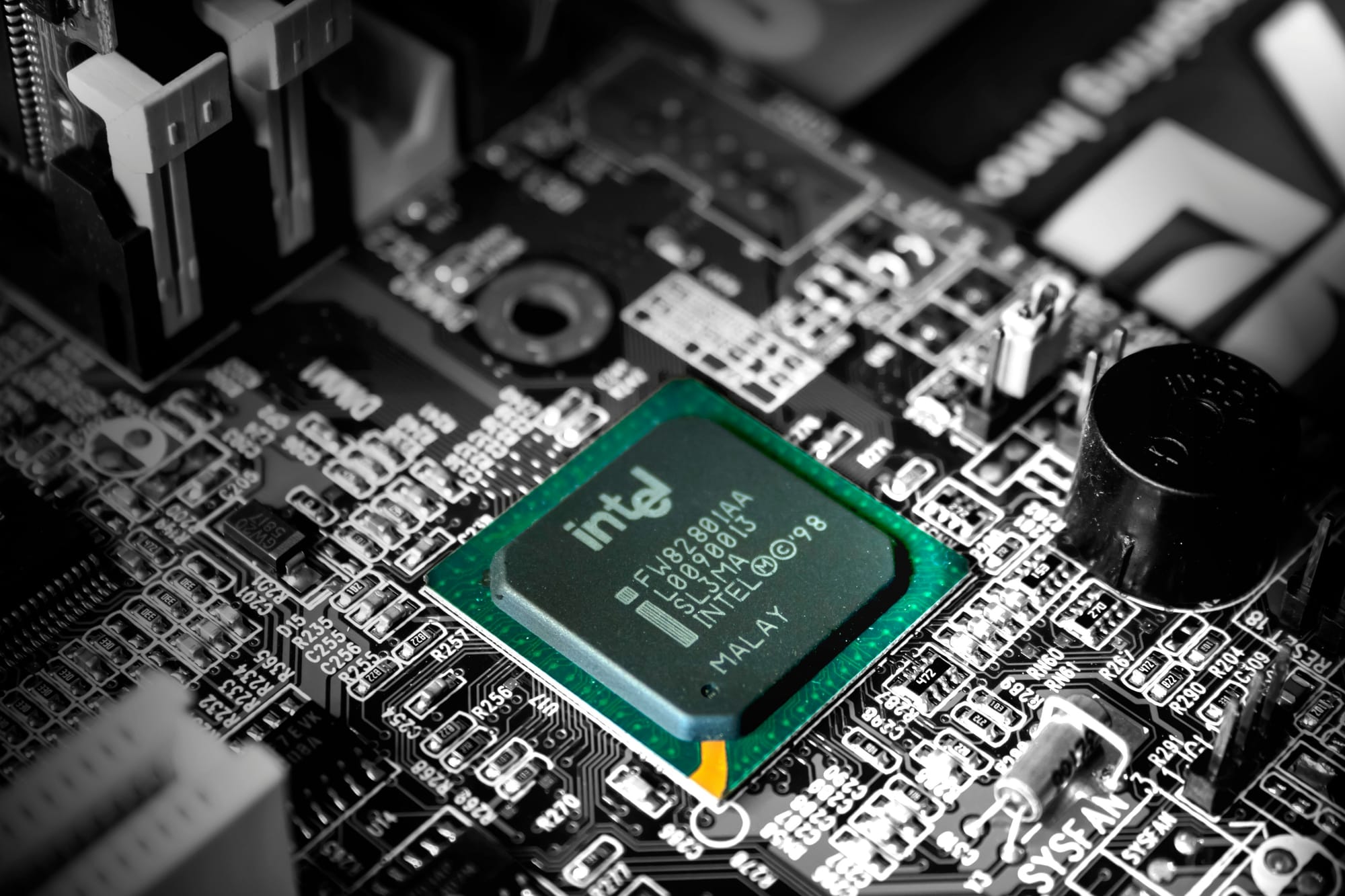Nvidia’s Intel stake sends Wall St higher; kiwi dollar sinks on rate cut bets
The Bank of Japan is the latest central bank to think about interest rates.

Intel led Wall Street higher after chipmaker giant Nvidia struck a deal to invest US$5 billion in its older – and smaller – peer, spurring gains among some components makers and weighing on other chip firms.
The kiwi dollar sank to multi-year lows against the Aussie and the euro after Statistics New Zealand’s June quarter gross domestic product figures showed the local economy shrank at a far faster pace than economists predicted, stoking calls for the Reserve Bank to make an even bigger cut to the official cash rate next month.
The Bank of Japan is due to review its policy on Friday after a string of central banks have tweaked or lowered interest rates, the biggest one being the Federal Reserve’s highly-anticipated cut on Wednesday.
And the Trump administration is continuing to push for the removal of Fed governor Lisa Cook, turning to the Supreme Court to review its decision to oust her.
Chips on the table
Stocks on Wall Street marched higher as the Federal Reserve’s rate cut on Wednesday continued to buoy investors’ demand for riskier assets, with Bitcoin among those enjoying the afterglow, up 1.9% at US$117,890 at 7am in Auckland, while gold futures – often the refuge for the nervous – were down 1.2% at US$3,675 an ounce.
The tech-heavy Nasdaq Composite was up 1.1% in late trading as Nvidia’s planned US$5 billion investment in Intel spurred a 23% rally for the ailing chipmaker, while components makers and semiconductor firms were mixed as Applied Materials and Synopsys gained and ARM and Advanced Micro Devices declined.
The S&P 500 was up 0.6% and the Dow Jones Industrial Average rose 0.4%, while the UK’s FTSE 100 increased 0.2% and Germany’s DAX 30 advanced 1.4%.
“US equities are probing fresh record highs, embracing the fact that the Fed has restarted the easing cycle to support the economy,” Bank of New Zealand senior markets strategist Jason Wong said in a note.
Meanwhile, the kiwi dollar fell to a two-week low against the greenback, trading at 58.82 US cents at 7am from 59.12 cents yesterday after a surprisingly big contraction in the June quarter prompted economists to pick a 50 basis point cut from the Reserve Bank at next month’s policy review.
“The RBNZ has form in reacting to outdated data, with the July pause following the much stronger than expected Q1 GDP outcome,” BNZ’s Wong said. “We expect GDP to show a decent bounce back in Q3, but that data won’t be released until December and there are two more RBNZ meetings to navigate before then.”
Going lower
The kiwi’s decline on the cross-rates was even more severe, hitting a three-year low against the Aussie, trading at 88.91 Australian cents from 89.16 cents, and sinking to 49.90 euro cents from 50.12 cents as it touched its lowest point since early 2010.
US President Donald Trump is continuing on his mission to remove Fed governor Lisa Cook, asking the Supreme Court to uphold its decision to oust her over claims of mortgage fraud after lower courts stayed the move while she challenges its legality.
The Bank of Japan is the latest central bank to review monetary policy later today, with economists expecting it to keep the key rate unchanged. The Bank of England held its benchmark rate at 4% as expected overnight, while Norway’s Norges Bank surprised analysts with a quarter-point cut to 4%.
Gains on Wall Street and in Europe are set to flow through to the antipodes, with Australian futures pointing to a 0.7% gain for the S&P/ASX 200 index when trading opens across the Tasman. New Zealand’s S&P/NZX 50 index has declined in the past two sessions, although the gross index won’t be weighed down by any companies shedding rights to their dividends today.
Local data today include August merchandise trade figures, while electricity generator-retailer Mercury NZ is holding its annual meeting in Auckland.
Reporting by Paul McBeth. Image from Slejven Djurakovic on Unsplash.







